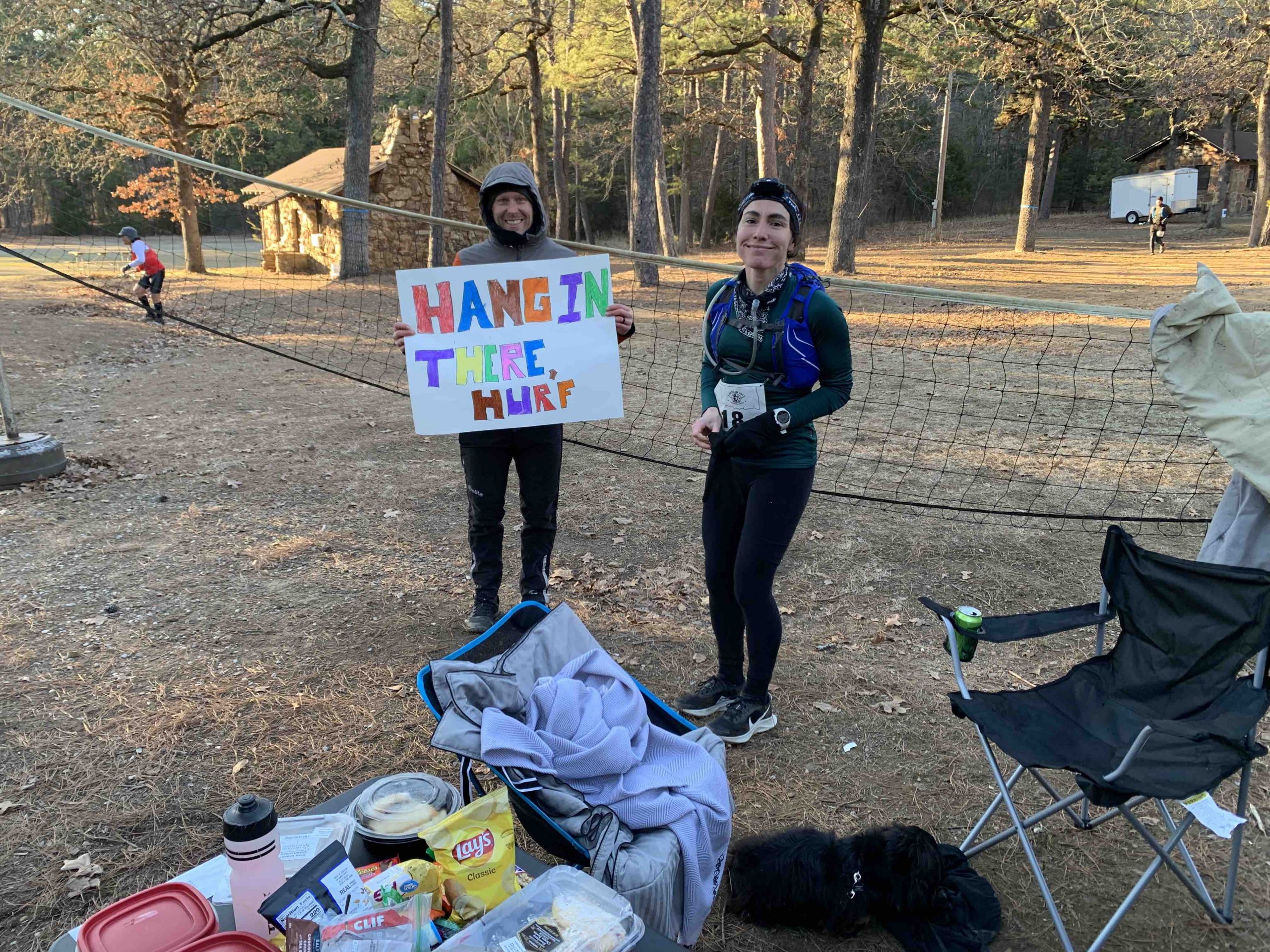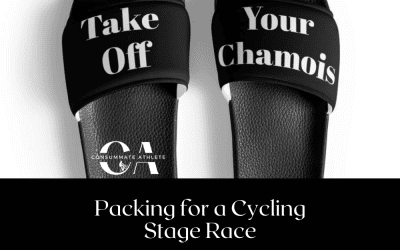I’ve written about the best ways to keep your active clothing expenses under control (quality over quantity here!) and how to budget for a serious need for cheap, healthy eats while on the road. And all of that, by the way, crosses over into saving $$$ when you’re home as well. I realized that most of what I was writing about wasn’t so much about travel—travel just exacerbates hidden costs because you don’t have all of your other options at home. For example, you don’t have access to your raincoat from five years ago that’s been buried in a box in the basement when your cheap raincoat rips in the wash when you’re across the country. And food-wise, it’s easy when you’re living in one spot to develop habits and behaviors around your food spends. When we’re home, we brew our own kombucha, and hit the cheap store for produce while spending more at the local butcher for good meat, we buy half a cow from a local farmer and store it in a freezer so we have beef all year, and we trade some babysitting for eggs from our friends with children and chickens. But when you’re in a food desert (and literal desert) in Arizona, your options are more limited. So that’s why originally, I focused on the travel aspect. So as I wrote this one up, I realized especially here, it makes a lot of sense to title it “active lifestyle” rather than pigeonholing it into “active travel.”
But anyway… How can you save cash on gear?
Sunscreen
I have spent a ton of money on aerosol spray sunscreen, and while it is way easier to use, the incremental cost does add up. There are much cheaper, bigger bottles available. And no judgement if you’re a fan of the more natural route and go ultra cheap with straight zinc oxide! (Personally, because I have somewhat problematic skin, I split the difference here and I buy the cheap bottles of regular stuff to use from the neck down, and have a zinc-based tinted sunscreen that doubles as a moisturizer and foundation for my face.)
Tubes
I’m all about supporting local business, but I also get that most of us are on pretty tight budgets. And the thing that can add up FAST for cyclists is a series of flats that cost $12 a pop when buying new tubes at a bike shop on your ride route. Save yourself some $$$ and some stress by stocking up on four-packs of tubes. We actually bought 40 when we headed to CA, and while we didn’t go through all of them (maybe 10 in 2 months for us), we did help out some juniors by selling them tubes at (our) cost. It helped them out a ton! Bonus points: PATCH YOUR DAMN TUBES. Confession: we sold the kids the tubes, but we also looked at their blown-out ones and snagged a few from the trash and patched them up so they were still rideable. While patching a tube mid-ride isn’t easy or ideal, an at-home patch kit for post-ride can give old tubes new life.
Gels and Bars
Again… I’m all about supporting your local bike shop, but when you’re on a tight budget, it’s not always possible. If you’re training and know you’re going to be racing with gels, you do need to practice training your gut to tolerate them (I talk about this a ton in my cycling nutrition book, Fuel Your Ride). It’s a lot less pricey to buy in bulk somewhere like Amazon versus buying one at a time. Less than $1 per gel!
Ride Food
I’m a fan of making your own rice bars when you have time and space for it. But I’m equally fond of slightly less fancy options: rather than ride-specific gummies, I’ll get children’s snack packs that are on sale (making sure the ingredient list is inoffensive). I’ll also opt for cheap granola bars! Is it perfecT? Absolutely not. But it is $$$ saving.
Used Gear
When I came up to Ontario for a winter two years ago, I knew I didn’t plan on skiing a ton, but I wanted to ski. Rentals at the mountain and at the XC ski place in town ran around $15-20 per use. A quick ask on Facebook for some XC skis netted me a friend with the same shoe size as me who wanted to get rid of her pair—bindings, boots and all—for $100 (she mainly just needed them out of the house). Our good friend was just on a bit of a surf safari in SoCal and rather than flying with a board or renting a board for the trip, he bought a used board for $150 and sold it to a pawn shop at the end of his trip for $100. Most surf rentals would have been $50 a day, he had that board ripping for a month. You get the idea.
Trading Expensive Adventures for a Hike
This last one isn’t exactly gear-focused, but it might as well be. Sky diving requires a plane. A hike up a mountain? Nothing. Do you really need to do whatever adventure is in the town you’re visiting, or is there some place you can go for free that will be just as rad? It’s always tempting for us, when we’re in a new place, to drop $$ on the adventure spots, but we’ve found that usually, we’re happier hiking or riding solo. (That said, don’t be afraid to splurge on occasion, especially if it’s the trip of a lifetime!)





